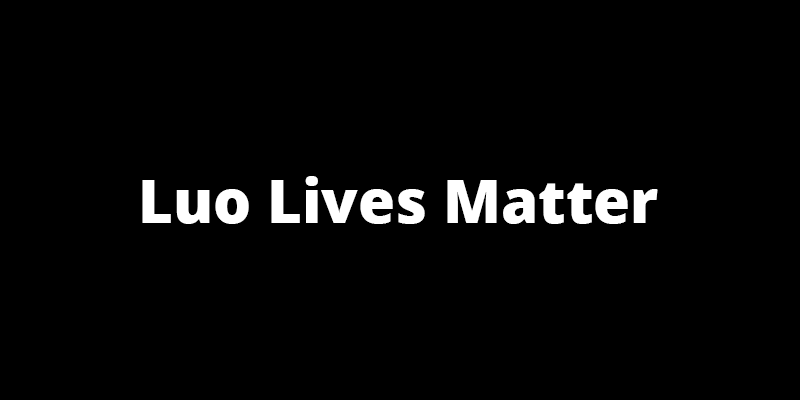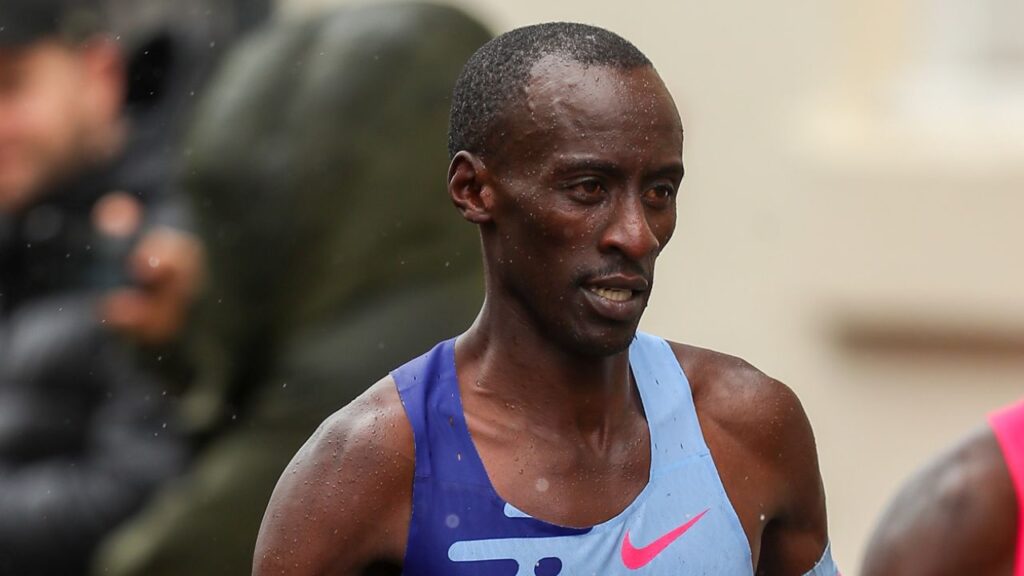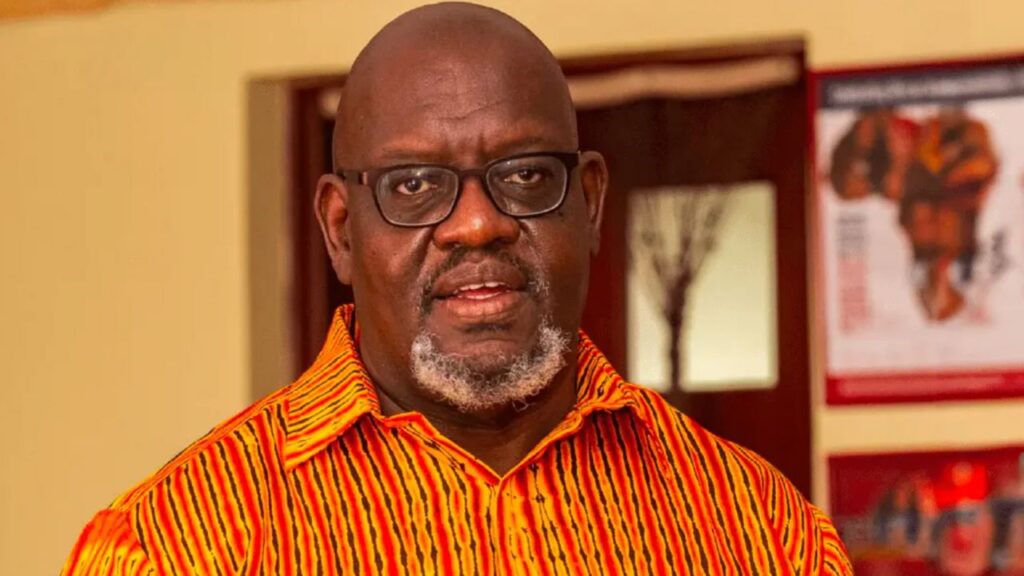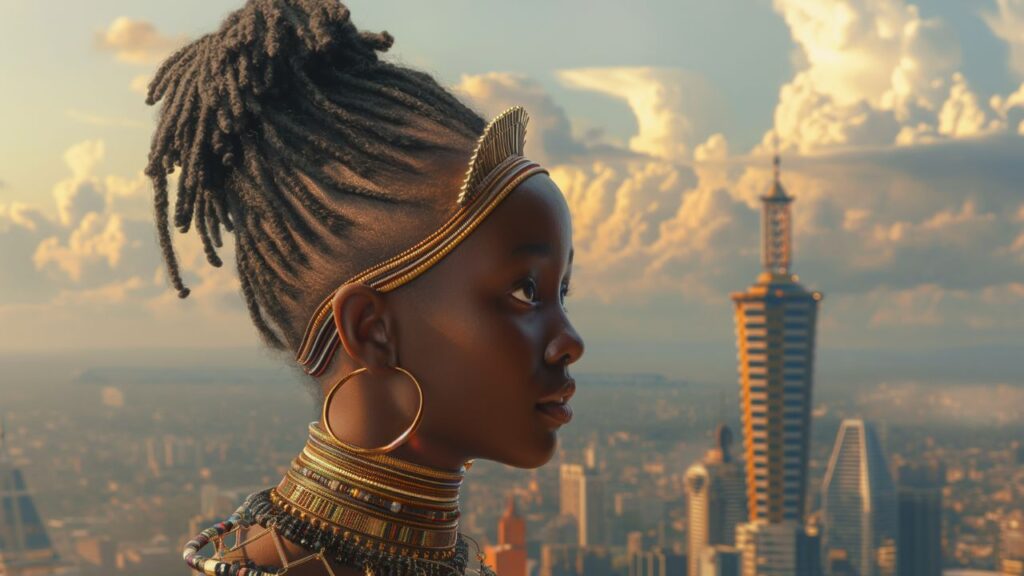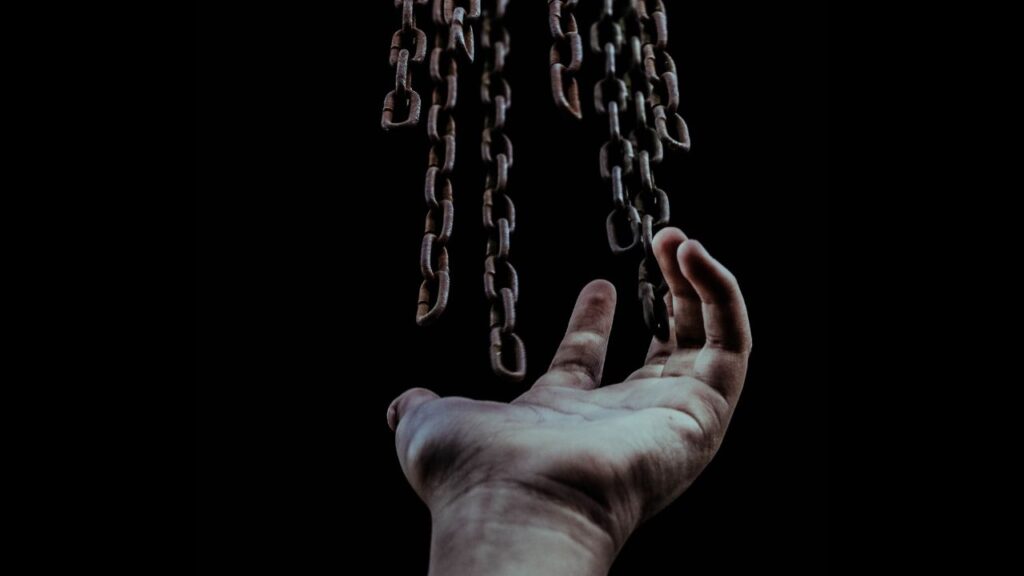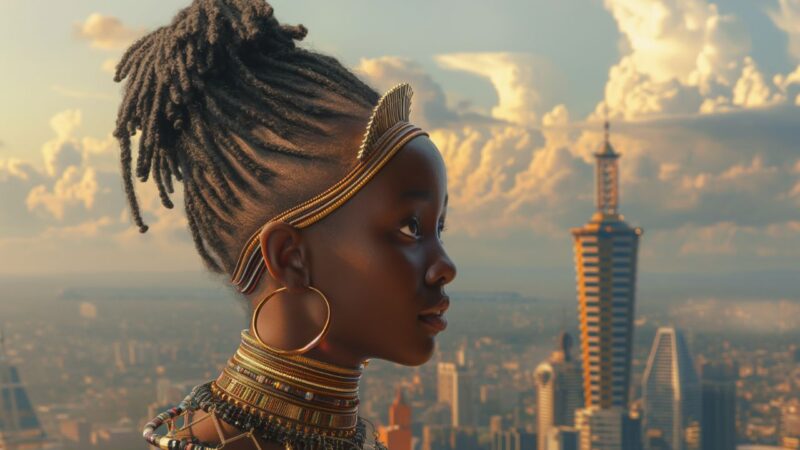The biggest frustration for a rational thinking Kenyan, is the flimsy justification of extra-judicial killings by the police.
Whether it is the Wagalla Massacre (they provoked the government), displacement and killing of Kikuyus during our tumultuous electoral cycles in the 1990s (they should know how to vote), or the state-sanctioned shoot-to-kill of the Mungiki (they are a menace), it always escapes me why we bother having a functional government, with a well-paid judiciary where showing up for work on the most important day is not necessary.
Or think about the use of excessive force and inexcusably, using live bullets on demonstrators who are not satisfied with the outcome of an election annulled by the Supreme Court.
To a section of Kenyans, the demonstrators in Nairobi, Kisumu and Migori, should be deterred using force because they destroy property. When we have people, who value property more than human life, we have a problem.
We sunk Sh 216 billion to the security docket last year. We invested in police trucks, water canon trucks, tons of teargas and rubber bullets, presumably. The various policing units, we hope are trained well in armed combat and handling riots. Why is the use of live bullets still an option?
Few people ask that. To many, if a live bullet can end a demonstration, and we go back to “our normal lives”, the better, because “business is suffering, and we can’t politick all year around”.
Yet politics determines our lives. The best question we can ask, is why are Luos ready to demonstrate, what justifies their anger that even a live bullet cannot stop them.
Unless you sufficiently understand the history of Kenya and how marginalization works, you will not understand why some communities are bandits, some sympathise with terrorists, and why the Northern Frontier will always be a hotbed of violence that our police and military will never adequately contain. And yes, you will never understand what makes the Luos angry, constantly agitating.
The 2017 elections have claimed more than 60 lives according to the Human Rights Watch report on the elections. Those killed include a 6-month toddler, a 10-year old girl playing in their apartment balcony, and several young men, some pulled from their homes at night, and killed and blanketly condemned as destructive protesters.
The Luo body is denigrated by the state, stripped of its life, and has been at the receiving end of state brutality, time and time again.
To the State, and its apologists, the Luo are a handful lot. We know the stereotypes: they are anti-business, violent, and difficult to appease. The Jubilee Party Vice-Chair David Murathe told KTN news network,
“The opposition (read Luos) have nothing to protect. They have no stakes in the economy.”
How come in Kenya, some people have a stake and others, don’t.
Murathe was trying to justify the use of excessive force, because where he comes from, property ranks higher than the sanctity of human life. To Murathe and his ilk, connecting poverty to protest is intellectually taxing.
It is an erroneous assertion that the opposition is anti-business and pro-Jubilee people are pro-business and prosperous.
Nigerian writer, Chimamanda’s Adichie’s said in the much-publicized TED Talk, The Danger of a Single Story, “Stereotypes are not necessarily untrue, as they are incomplete.”
The single story of the disorderly nature of the Luos, with a penchant for destruction, enabled by the cheap soundbites that our aptly labeled ‘Githeri Media’ goes after when tracking protesters, has made it possible to justify police brutality and violence.
When police talk of forestalling violence during elections, sadly it means sending police trucks to NASA strongholds mostly occupied by the Luos, whether in Nairobi (Kibera and Mathare) or Kisumu, Siaya and Migori.
We were here in 2007. We saw on live TV as an unarmed young man was shot dead as he protested a dubious election outcome. In 2013, the police did everything in their power to ensure that violence did not breakout, but it was more muted and creatively contained. But we never solved the problem of conducting credible elections, neither did we learn to have a more inclusive government.
And in 2017, inevitably we were going to end up where it all begun: in 2007 with a disputed presidential election.
But this did not begin in 2007. The two politically dominant communities, Kikuyus and Luos, did not begin their political competition today. It started long before the pre-Independence days, even as the colonialist tried to drive a wedge between them. But they buried their difference for the good of Kenya.
A history of marginalization
What makes the Luo constantly agitate for their rights stems from the diseased body politic of Kenya. If we learn to see it as a quest for equality, not just for the Luos, but for every Kenyan who suffers from the silly government policies, corruption and nepotism, it will bring us closer to relating to the humanity of the Luos.
The Kikuyus and Luos came together and their unity was instrumental in kicking out the British colonialist. But we got our independence at the height of the cold war, like some countries in the world, the president and vice-president would ideologically drift apart, and the seeds of marginalizing the Luos were planted, and so was the seed of agitating for their rights.
After independence, 40-odd tribes found themselves lumped together in an experiment called Kenya. Some of the communities had a head start. Walter Rodney, in ‘How Europe Underdeveloped Africa’, outlined how the colonialists annexed productive parts of the country, developing them, and by the time they left, the places had schools, churches, hospitals and basic infrastructure. And to date, such places are still far advantaged, no amount of denial can erase the fact.
In 1965, Tom Mboya and Mwai Kibaki, then in charge of the Ministry of Economic Planning and Development wrote a simplistic paper, Session Paper No. 10 that will guide Kenya’s faulty development agenda for the next 45 years.
The paper simply adopted the colonial system where areas with the most abundant natural resources, good land and rainfall, transport and power facilities and where people were receptive to and active in development would receive more government funding in the hope that profits from such areas can be offered as loans to less productive areas.
This was obviously a primer for regional development disparities that will haunt the country for decades to follow. This was made the worse by the nepotism that governed the conscience of the founding father. Areas that were resource poor, or in opposition were doubly sidelined.
That precondition of developing areas that were ‘receptive’ to development was to be used to politically control areas that were amenable to the whims of the ruling elite. Former president, Daniel Arap Moi, famously said, “Siasa Mbaya, Maisha mbaya.” And this was a justification of sidelining the Luos and other communities that were either in opposition or didn’t have arable land or any resource the state could extract.
At the very heart of politics, as Harold Laswell aptly defined it, is who gets what, when and how. With a firm grip on power by the Kikuyu elite and Jaramogi Oginga Odinga leaning left, the marginalization of the Luo started shortly after independence. Luos with potential to take power and change the course of the Luo trajectory were assassinated; Argwings Kodhek and Tom Mboya died in that troubled decade of the 1960s.
Luos generally settled in opposition, especially after the brutal assassination of Mboya and events surrounding the shooting a dozen protesters in Kisumu on October 1969, when President Kenyatta went to open the Russian Hospital. So ironic that 48 years later, police were breaking into people’s homes in Kisumu, shooting and killing Luos, unsparingly. What is vexing is that the Luos who are usually killed are unarmed, and when armed it is the crude stuff like a stone, an odd metal, yet police are trained in armed combat and can easily disarm and violent protesters with an array of options. Use of live bullets is positively revulsive.
Then came the 1982 coup, where Luos were part of the top ranks, behind the short-lived and misguided coup. Many were jailed and executed after the coup. And the second president found yet another justification to sideline Luos.
By 1990, another Luo, one of the few serving the government at the top, was brutally assassinated. Even though Robert Ouko was in the government, and not much of a popular figure among the Luos he was still their illustrious son and his death was definitely a reminder of government hostility towards their community.
Ouko’s death happened towards the end of the Cold War.. The West changed tune and started advocating for multiparty democracy in Africa.
With both Luos and Kikuyus in opposition after President Moi’s twelve years in power, their collaboration given their population would have effectively ended Moi’s regime. The initial dalliance of Jaramogi and Matiba and other Second Liberation leaders, was a good move, but selfish interests overrode the common agenda, and the three major opposition forces participated in the elections separately, efficiently giving Moi another 10 years, until the opposition came to its senses in 2002, where again, Kikuyus and Luos would collaborate to save Kenya from a dictatorship.
By then, the Luos had been marginalized for more than three decades. Raila Odinga’s brief cooperation with President Moi in the late 1990s and early 2000s did bring a few goodies to the people of Nyanza, with the Kisii-Kisumu Highway getting a much-needed facelift. Kisumu was made a city, with too much fanfare and, cosmetic as these changes were, Luos did taste, what being in government felt like.
Then 2002 came, and Kibaki got to power and disregarded the MoU that brought him to power and effectively ended the Kenyan dream. And in its place, he entrenched a terrible ethnic cronyism that restored the old GEMA elite network that Moi’s 24 years of presidency scuttled. In record time, we would see banks, universities, and businesses owned by the GEMA community start to flourish, even as Luos, and other marginalized communities were kept at bay from key state jobs. Instead marginalized communities were asked to be content with tokenisms, like the Constituency Development Fund (CDF). Most communities were kept from the center of action, until the 2010 promulgation of the New Constitution entrenched devolution, did many communities start to feel as part of Kenya, since they could get a slice of the national cake.
Legally, devolution only guarantees counties 15 per cent of the action. The remaining 85 per cent is still up for grabs and cause for clamor for presidency.
When we read that the president has cancelled Sh 2 billion coffee debts in Kirinyaga, or Sh 1 billion to Miraa farmers, or the government spent Sh 61 million to build a State-of-the-Art fishing factory in Nyeri, people will agitate for similar opportunities. Other parts of Kenya rarely get the same treatment.
When the president gets to bail other communities’ dead industries, it is for political expediency. But even so, what is the point of reviving Mumias, when cheap sugar is imported or smuggled, rendering the efforts of farmers futile.
The carnage of dead sugar industries in the country’s sugar belt, has robbed many people in Western Kenya their wherewithal. The killing and privatization of industries such as KICOMI by the Structural Adjustments Programs and other economic programs that favour cheap imports at the cost of our industrial economy have played a big role in rendering the Luo poor.
And it is poverty that makes them agitate for a piece of Kenya. It is easy to say, if it is not only the Luos who are poor, how come other tribes are not as violent?
For one, it is the Luos who have the critical mass to agitate, and that is why other communities that feel marginalized too, usually rally behind them. Besides marginalization in each community manifests itself differently. In pastoralists communities, banditry thrives, early marriages are common and there is high levels of illiteracy. In the Coast, secession calls by outfits such as MRCs (Mombasa Republican Council), the drug abuse scourge, child prostitution, are red flags of what marginalization can do.
Culturally, the Luos are outspoken and have always been an open society, where anyone can speak truth to power. Everywhere I have been, I meet Luos who cannot keep quiet in the face of injustice. Like the one-time honorary member of Black Panthers Movement, Stokely Carmichael said, “the secret of life is to have no fear, it is the only way to function.”
Luos have been so marginalized that fear is no longer an option, that is why no amount of gun-toting, trigger-happy policemen will silence them. They have infected other Kenyans to fight for their rights, and on Friday after the October 26 presidential rerun, we saw the same brutality being extended to Bungoma residents.
Luos Lives Matter
Regardless of how you relate with Luos, whether you found them repulsive, loud, or annoying, their lives matters. Each community will have certain traits, some likable, some disagreeable, but it is this diversity that makes our lives richer.
A people’s collective behaviour is a product of long-held customs, filtered through history, nurtured by their environment. Since we don’t share similar environments, we are likely to be different in our outlook of life. But these differences are smaller compared to similarities.
Luo parents want their children to succeed as much as Kikuyu parents want their children to succeed. No parent wishes to see their son killed by the very person they expect to protect their child.
If their way of life is at variance with how you lead your life, the least you can do, is not to wish them harm, or cheer the police in their murderous spree. Police brutality in a country like ours spares no one.
Like Chinua Achebe said of Igbo, in tackling the Igbo persistent Igbo problem in his evergreen collection of essays The Trouble with Nigeria, “The Igbo are a necessary ingredient to the modernization and development of Nigerian society. It is neither necessary or possible to suppress them. Nigeria without the inventiveness and dynamism of the Igbo would be a less hopeful place than it is.”
The same can be said of the Luos. Overt and covert exclusion of the Luos, and other communities from key government posts and resources will always make them agitate and will never give a government peace until they are made to feel part of the country.
It is really that simple.
By Silas Nyanchwani
Silas Nyanchwani is a Kenyan writer and social commentator.

